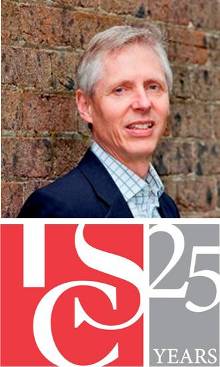It’s intriguing how often I find I blog about an issue and then almost immediately come across something related to it. This time it is to do with my blog about how to look at pictures (posted September 28 2009) .
Now along comes the quarterly curatorial and conservation e-news from the English National Trust with an article on ‘the enduring eloquence of true beauty’. It has been written in response to the plea made by the new chairman of the National Trust, Simon Jenkins, to bring beauty back into the public debate, and to treat it as a serious issue in any discussion about preservation of art and nature. This touches on another issue I have blogged about namely the spirituality of historic places, and the way in which we must encourage their use by affinity groups who enjoy being there because of this. There is no doubt that historic houses can act as aesthetic reservoirs, providing a source of beauty that we can all tap into. The viewing of beauty, as we know if we think about it, can make us generally happier and more contented.
But what this article is all about is exploring how beauty works. Can we define it, and how much is it tempered by cultural perceptions? For instance the Italian and French formal gardens are seen as beautiful by their native citizens, whilst the English would merely see them as impressively formal, with the true beauty in horticulture lying in the ‘beauty without order’ of the rambling English garden.
And it lead me to think further about looking at pictures, and how much we value beauty in coming to decide if we like a picture or not. Name a truly beautiful picture, and to me a few Giverny Monets come to mind along with a Dutch still life or two. What does not come to mind is, for instance, a John Brack (one of which of an arid suburban landscape currently sits on my desk courtesy of the exhibition now showing at the Art Gallery of SA) .
So is beauty critical to enjoying a picture? Not at all in my view – it is just one of a number of elements that make an image worth the time to explore and understand it (now I am sounding like Kenneth Clark).
25 years ... and 25 iconic projects
12 years ago




No comments:
Post a Comment